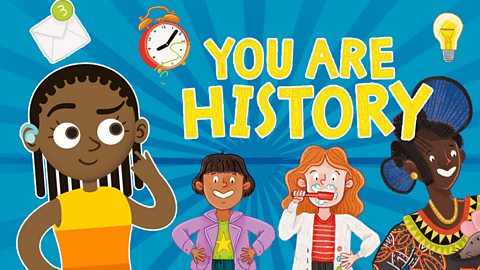What is the book about?
This guide is produced in partnership with Blue Peter.
Am I Made of Stardust?, written by Dr Maggie Aderin-Pocock and illustrated by Chelen Ecija, is the sixth title in the Blue Peter Book Club.
How close can we get to the sun? What planet could we grow plants on? Dr Maggie answers questions about space and the universe for all you budding scientists.
You can get a sneak peek of the book over on Blue Peter.
Scientist, doctor Maggie Pocock answers some of her all time favourite questions about the universe.
Like what would happen if I fell into a black hole?
And are there rainbows on other planets?
Packed full of facts, explanations and mind blowing insights, Doctor Maggie and robot assistant, IQ, take us on a journey of space discovery.
What's the difference between fiction and non-fiction?
Did you enjoy learning about our solar system, the universe and human travel in space, in Am I Made of Stardust??
What type of book is it - fictionWriting that is partly imaginative/made up. or non-fictionWriting that only uses facts (things that have happened or are true).?
Am I Made of Stardust? is full of fantastic factsInformation that is definitely true and can be backed up with evidence.; therefore, it's a non-fiction book. But what's the difference between fiction and non-fiction?
Fiction is made up, you need to use your imagination when you're writing or reading it. Types of fiction include stories, plays or poems.
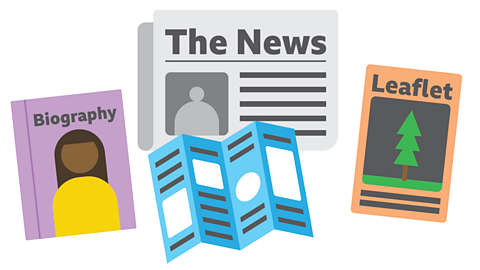
On the other hand, non-fiction books are all about facts - you can't just make it up.
There are many different types of non-fiction writing. These include:
- newspapers
- adverts
- brochures
- biographies
- information books like Am I Made of Stardust?
Learn more about the difference between fiction and non-fiction with this KS2 English Bitesize guide.

How are facts and opinions different?

You can learn lots of new things by reading Am I Made of Stardust? because it's full of facts!
But what's the difference between a fact and an opinionHow you feel or think about something. Other people might think differently to you.?
Facts are definitely true and can be backed up with evidence.
For example:
"The Moon is made of rock."
This is a fact because it's true and can be backed up with evidence, such as the rocks collected from the Moon by astronauts.
Opinions are how you feel or think about something. Other people might think differently to you - that is their opinion.
For example:
"The Moon isn't real."
This is an opinion because it's what one person might think about the Moon. A different person may disagree. There is lots of evidence to prove that the Moon is actually real.
There is a myth that suggests that the Moon is made of cheese. It has been around for years. It's explained in Am I Made of Stardust? (page 45).

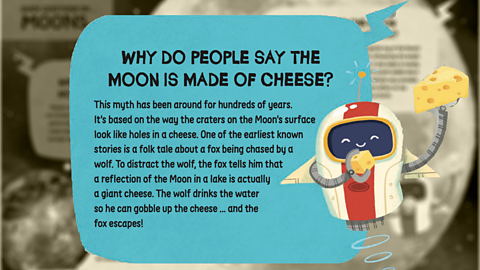
Explore the difference between fact and opinion with this KS2 English Bitesize guide.
How is the book structured so that you can quickly find information?
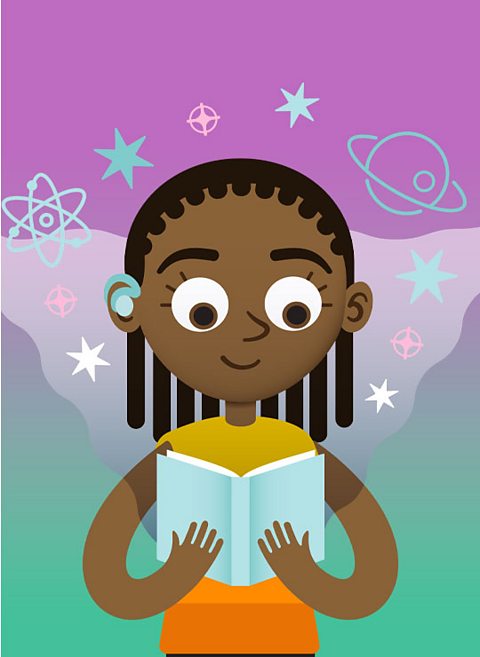
Did you notice that the author of Am I Made of Stardust? (Dr Maggie Aderin-Pocock) told you to:
"Open this book on any question you like - you don't have to read them in a particular order"
This is different to most other books. Normally, it's important that you read a book in the correct order so that it makes sense!
The information in the book is structured so it's quick and easy for you to find the information you want. When we talk about a book's structureHow a piece of writing is put together or organised., we're talking about how it's organised.
Am I Made of Stardust? is grouped into different sections. This means if you've an interest in a particular topic, such as the sun, you only have to read that section. This is really useful because it means that you don't need to read the whole book, to find out what you want to know.
Non-fiction books usually have some other special features to help you find the information you need quickly.

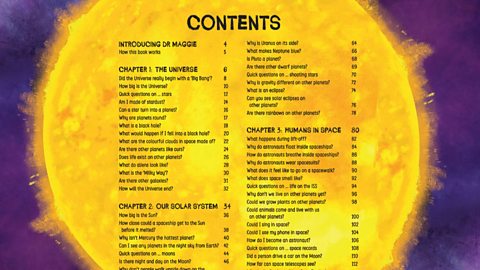
Image caption, Contents
The contents page is found at the front of the book and tells you what's in each section (or chapter) of the book. In Am I Made of Stardust?, the contents page has been split into different questions that you might want to find the answer to.
Image caption, Index
The index is at the back of the book and tells you which subjects you can find on particular pages. It's in alphabetical order so subjects can be found easily.
Image caption, Glossary
The glossary is at the back of the book. It's an alphabetical list that tells you the meaning of important words you might be unsure of.
1 of 3
How do diagrams, maps and charts present complicated information?
Using illustrations, diagrams, images, maps and charts is an excellent way of presenting complicated information, so that it's easier for you to understand. They can also make non-fiction books more interesting and fun to read. These features are used throughout Am I Made of Stardust?. Do you have a favourite?
- Illustrations are drawings or sketches that allow the author to present something in more detail. For examples, the structure of a rocket (page 82).
- Diagrams are drawings, images or sketches that help you visualise what the author is describing in the text. There are lots of examples of diagrams in Am I Made of Stardust? For example, the layers of chemicals inside a star (page 14).
- Images are real pictures of something such as the Milky Way.
- Maps show the location of different places (such as planets) and objects (such as asteroids or astronauts). They use:
- a key - to help understand what different symbols on the map mean.
- a scale - to help you work out the distance between things.
- Charts are used to represent information (data) such as what your weight (mass) would be on the different planets (page 72).
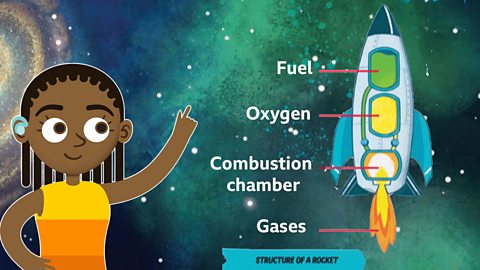
Discover some more tips about using maps and charts with this KS2 English Bitesize guide.
Activity 1
Activity 2
Activity 3

Do you feel inspired after reading Am I Made of Stardust?
Now, it's your turn to give non-fiction writing a try. Your task is to write a fact file about a topic of your choice.
Remember, non-fiction writing can be about anything as long as it's factual/true.
You might write facts about your favourite:
- sport
- food
- subject at school
- hobby
- movie
- book
Before you start writing, think about how you will structure your fact-file. You may want to use some of the ideas from Am I Made of Stardust?
You can think about:
- introducing your topic at the start.
- using sections to break up your facts.
- adding a contents page so that it's easy for the reader to find the information they want.
- using diagrams, charts, illustrations or maps to present complicated information.
Of course, if you get stuck you can always look back at Am I Made of Stardust? for some ideas about how to present and structure your fact file.
Good luck!

More on Blue Peter Book Club
Find out more by working through a topic
- count8 of 13

- count9 of 13
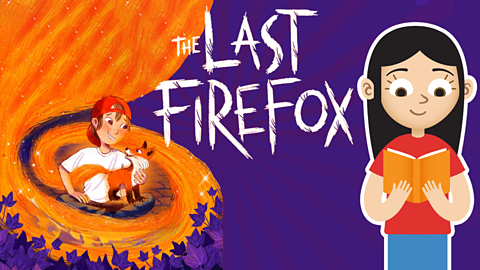
- count10 of 13
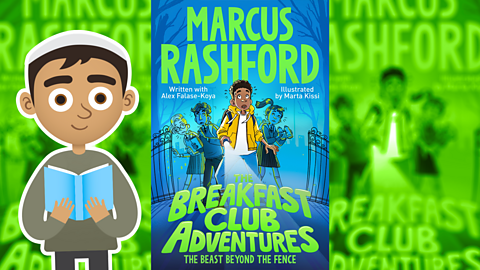
- count11 of 13
